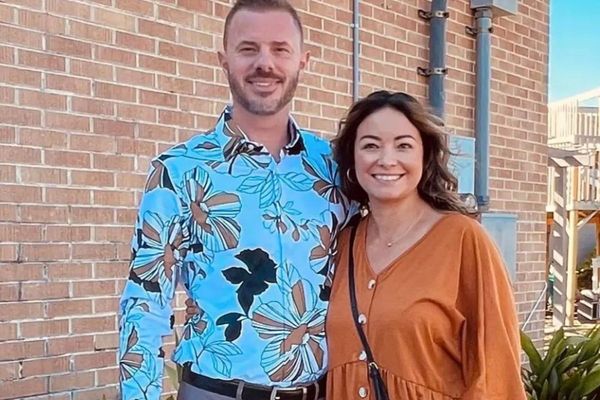
Youth crime has dropped in regional New South Wales by more than 12% over the past two years, according to new data, with even sharper drops in crime hotspots including the area that includes Moree.
The data from the Bureau of Crime Statistics and Research (Bocsar), which tracks the number of youth charged and issued a court attendance notice between June 2023 to June 2025, shows car theft in the regions has dropped by almost 25%, and break and enters and robbery offences have remained stable.
Sign up: AU Breaking News email
“A 12% decline generally in regional New South Wales is a really big fall,” said Jackie Fitzgerald, the executive director of Bocsar.
She said the number of young people charged across major offences and issued a court attendance notice was the best method available to track youth crime.
In April last year, after facing pressure to act on regional crime, the Minns government toughened bail laws for young repeat offenders of break and enter and car theft offences, and committed more than $26m in other initiatives. This includes bail accommodation in Moree which is yet to be delivered.
Almost a year later, the NSW government extended its controversial youth bail laws for three years, despite internal opposition from some Labor MPs and concerns they were extended before the government evaluated how effective they had been.
Experts and advocates say the overall drop in the regions over the past two years is likely due to a number of factors.
Roy Butler, the independent MP for Barwon, thinks the bail laws have had minimal impact, arguing imprisoning people increases criminal behaviour in the long term rather than deterring it. His electorate takes in the far west and Orana region – which includes Bourke and Broken Hill.
It experienced a 42% drop in youth crime over the past two years, the highest drop in the regions. Specifically, car thefts dropped by 57%, and break and enters by almost 65%.
Meanwhile, the New England and north-west region, which takes in Moree, experienced a drop of 24%. It has remained stable in all other regions except the Hunter Valley, which increased by 17%.
Butler credited the drop in his region to local initiatives and the work of police.
However, with the base rate of crime still high in his region and New England, he said there was still more work to be done.
He wants residential programs in the bush as a “third option” beyond custody or placing alleged offenders back into the community.
James Clifford, a solicitor at the Aboriginal Legal Service, said it was hard to explain the 12% overall drop in the regions.
“What we can say, though, is that we’re definitely not in the grip of a youth crime wave,” he said.
“It’s really a small number of children, and positive changes in a few communities or among a few groups of young people can lead to big impacts on those statistics.
“If we want to see positive impacts, it doesn’t require sweeping bail law changes, it just requires attention to specific children and families.”
Custody data released last month by Bocsar showed the number of young people in custody had increased by 34% over the past two years.
Budget estimates last month heard the recidivism rate was about 85% for young people in custody, and 60% of children were in custody for less than 24 hours.
In May, the government announced it was reviewing the legal principle of doli incapax, which requires prosecutors to prove a child aged between 10 and 13 accused of a crime understood they knew what they did was wrong.
Wayne Tighe, the deputy mayor of Moree, said while there had been a drop overall in crime and it was being perpetrated by a “small cohort”, the severity of their alleged crimes remained significant.
He cited an incident over the weekend where a 13-year-old boy, who was due to appear before the court this week, allegedly stabbed a man who worked at a motel in Moree.
“I think a lot of it is to do with the children just obviously don’t feel safe at home, so they’re out doing what they need to do,” he said.
• This article was amended on Tuesday 16 September. A previous version of the article incorrectly stated that Dubbo was part of the electorate of Barwon.







